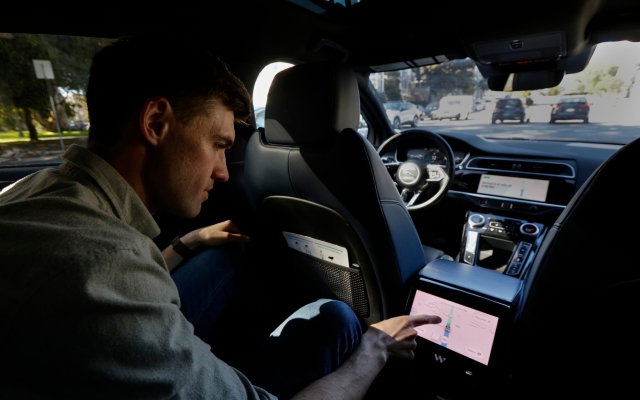 After a while, sitting in the back seat of a self-driving car seems almost mundane: the fact that your life is in the hands of a computer is casually forgotten. Photo: Kim White
After a while, sitting in the back seat of a self-driving car seems almost mundane: the fact that your life is in the hands of a computer is casually forgotten. Photo: Kim White 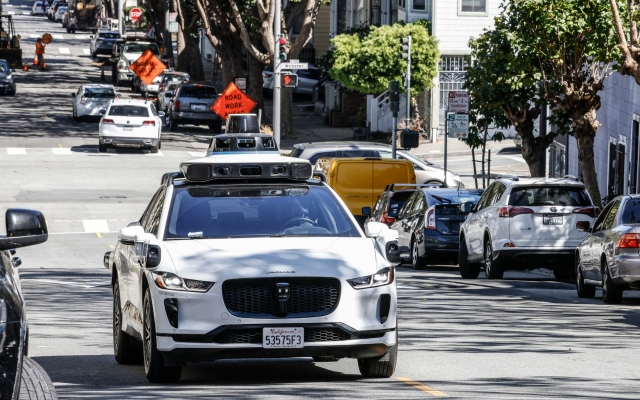 Waymo recently expanded citywide services to tens of thousands of customers. Photo: Kim White
Waymo recently expanded citywide services to tens of thousands of customers. Photo: Kim White
And for the most part, this correspondent's half-dozen trips in the back seat of a Waymo car were mostly flawless (the car loses points because it sometimes stopped halfway behind its passenger upon arrival: normal for most people, but a potential problem). self-driving cars promise to help older people and people with disabilities get around more easily).
But this is not a universal experience. Since San Francisco allowed two companies—Google subsidiary Waymo and General Motors subsidiary Cruise—to provide 24-hour robotaxi service in the city, a string of incidents have undermined confidence in the technology.
Cruz bore the brunt of these complaints. In August, one of the modified white and orange Chevrolet Bolts collided with a fire truck, apparently because it failed to yield to an emergency vehicle.
In September, the city fire department reported that a stationary vehicle blocked an ambulance that was trying to transport a patient to the hospital. Earlier this month, a Cruise vehicle struck a woman after she was struck by the driver of another vehicle, pinning her leg to the floor.
Under pressure from the authorities, Cruise has reduced its fleet by half. The company did not provide its vehicles for the project, saying it was prioritizing members of the public due to a dwindling fleet.
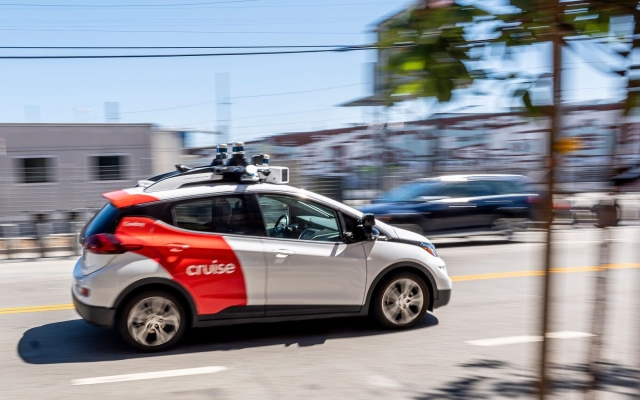 General Motors subsidiary Cruise has reduced its fleet of vehicles by half under pressure from the authorities. Photo: David Paul Morris/BloombergWaymo hasn't been without incident. Five cars piled up and blocked traffic when thick fog in the city paralyzed them in April. In June, one of the cars hit a dog running into the street. The company said contact was unavoidable.
General Motors subsidiary Cruise has reduced its fleet of vehicles by half under pressure from the authorities. Photo: David Paul Morris/BloombergWaymo hasn't been without incident. Five cars piled up and blocked traffic when thick fog in the city paralyzed them in April. In June, one of the cars hit a dog running into the street. The company said contact was unavoidable.
Since the beginning of 2022, the company's vehicles have been involved in more accidents than Cruise — 103 compared to 68 — although both companies say that the driver of the other car is at fault in most of them. < /p>
San Francisco police and fire departments have criticized the services, saying they are unprepared, while protesters have launched campaigns against the vehicles, attempting to disable them by placing traffic cones on their hoods.
But while Cruise has been forced to rein in its fleet, Waymo last week expanded citywide service to tens of thousands of customers.
Saswat Panigrahi, Waymo's chief product officer, says its comparative success is the result of a safety-oriented approach. The company's vehicles have completed 20 million miles of real-world testing and 20 billion miles of virtual simulation.
“Right now, as we speak, there are more than 25,000 cars running in the simulator. challenge each other and get better and better,” he says.
And despite the recent bad PR, Panigrahi insists driverless taxis are popular. Waymo's waitlist to use the app is in the six figures, and while some San Franciscans grumble about it, they are a local spectacle.
A group of tourists in a Volkswagen camper van traveling through Haight-Ashbury, the hippie mecca of the sixties, point out the window at what has become a very modern tourist attraction.
Apps like Uber have laid the foundations for much of the time. laid the groundwork for self-driving cars. Users open the smartphone app and enter a destination, and after a couple of seconds, a gradually approaching vehicle appears on the mini-map.
The cost of the trip will be charged to your credit card. So much of the taxi hailing process has already been digitized that removing a driver you barely interact with anyway may seem like a final step.
Panigrahi says Waymo's number of loyal customers suggests many people value self-driving vehicles over the cost of a new product.
He names business executives holding confidential meetings or passengers who might feel vulnerable getting into someone else's car as those who prefer to have no one in the front seat.
The sense of privacy is real, if not absolute: Waymo says that for security reasons and to make it easier to find lost items, the company records silent video of passengers, which is kept separately and accessible only to a handful of employees.
Now operators must prove that this technology can become mainstream. Waymo started as Google's self-driving car project 14 years ago and today operates commercial services in just two cities: San Francisco and Phoenix (it has announced expansion plans in Los Angeles and Austin). Cruises are also expanding to more cities.
Today, the price of a ride is equivalent to that of an Uber, which, given the lack of a driver, can seem steep and leave passengers wondering what the point is. Massive simulations aren't cheap, and the array of sensors that self-driving cars require can cost tens of thousands of dollars.
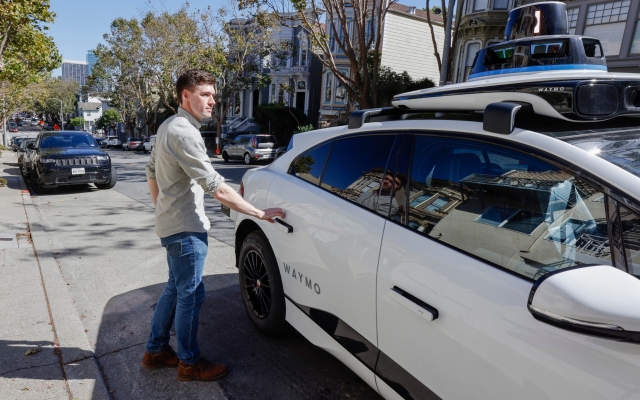 For the most part, this reporter's half-dozen trips in the back seat of a Waymo car were mostly flawless. Photo: Kim White
For the most part, this reporter's half-dozen trips in the back seat of a Waymo car were mostly flawless. Photo: Kim White
Panigrahi says technological improvements mean the cost of travel for Waymo is falling rapidly, giving it «opportunity.» around pricing. However, the company is not immune to pressure to return.
Waymo does not disclose its finances, but is among a group of other businesses owned by Google's parent company that collectively lost $6.1 billion last year.
Legislation and public opinion also must catch up. In the US, permits are issued by city.
In the UK, cars without a front-seat safety driver remain illegal, although the Department for Transport is believed to be working on legislation that could be introduced before next year's election.
p>Public opinion must change too. Even in a city full of techies, San Francisco's string of accidents means the experience may have delayed the growth of self-driving cars rather than accelerating it.
Research commissioned by Volkswagen's financial services division recently found that the British public is evenly divided on the idea, with 49% of drivers open to automation and 51% opposed to it.
As far as Waymo is concerned, however, self-driving cars are ready.
“When we get into [new cities like] Los Angeles or Austin, the technology itself scales quite well,” says Panigrahi. “[People] are now seeing in San Francisco and Phoenix what this technology can do. There's a desire to say, 'Okay, how can we bring this to this city?'»




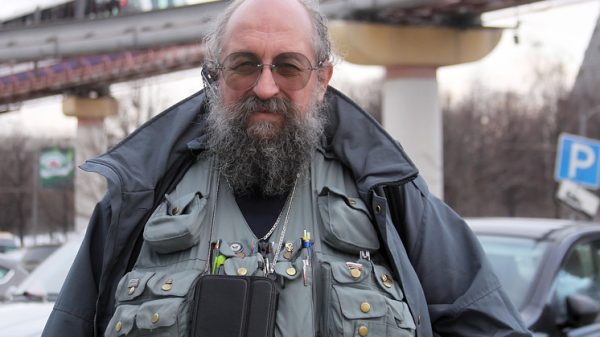




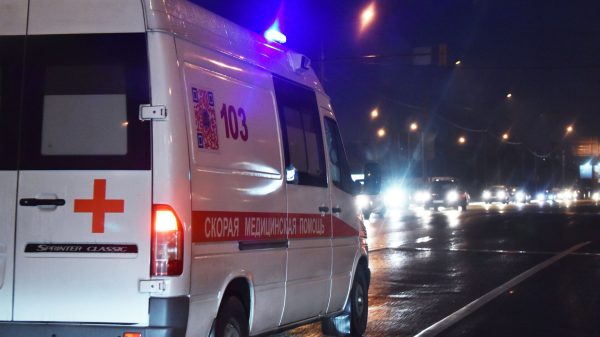












































Свежие комментарии